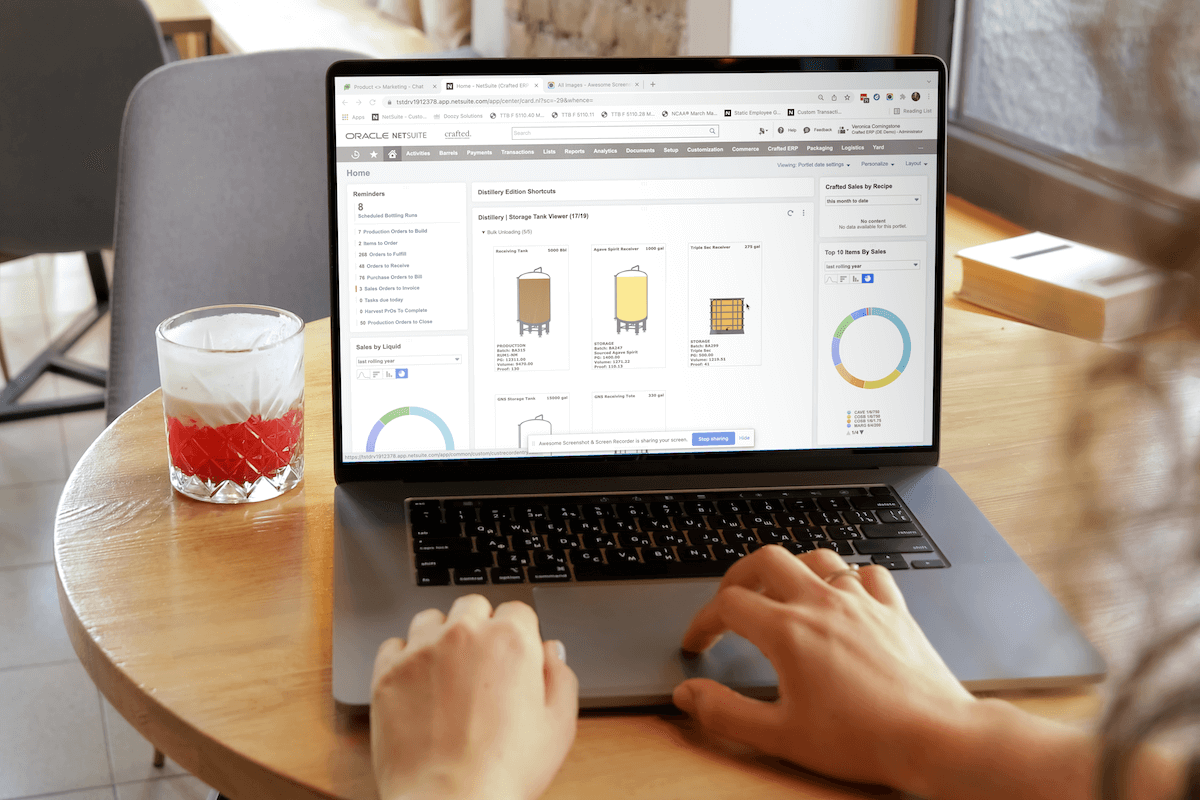Most of the news about the wine business has been neutral to bad for the past several years. Waning appeal, aging markets, the growing popularity of sobriety, and the glut of options in the beverage category – all have been analyzed and reported on ad nauseam.
While we’re not here to dissect or challenge the impact of any of these trends, we will take a look at how wineries can develop a strong brand identity to stand out in a saturated DTC marketplace and increase appeal to buyers of all ages, generations and preferences. Buckle in, we’re going deep.
Core Strategies for Wine Marketing
To the average consumer, wine can be complex, confusing and intimidating. It’s easy to feel overwhelmed when you’re staring at an aisle – or a list – of options that seem to be primarily differentiated by price and label design. So, when you’re considering which marketing efforts will have the quickest and best ROI, remember to start from the beginning: education.
Don’t assume your potential customers know much about your product. Instead, make an effort to inform them about taste, provenance and process. Strip your efforts to the basics and build from there.
To inform this effort – and indeed, your entire marketing strategy – you need to develop a unique selling proposition (USP) to explain why your product is different from and better than your competitors. Take your time with this. Talk to your winemakers and survey your customers to understand not just where the differentiation lies but what value that differentiation has.
If your wine is made using groundbreaking techniques that are fascinating to the industry but have zero meaning to your target audience, for instance, you’ll need to focus on how to create that meaning. And in turn, create a meaningful connection between the product and the buyer.
Once you’ve got your USP sorted out, take a long, hard look at your brand.
Does it tell a story? Does it resonate with modern audiences? Does it stand out on the shelf? Does it easily translate into compelling digital marketing assets? Will it attract likes on the ‘gram?
Your brand doesn’t live in a vacuum, and neither do your consumers. Make sure it looks as good as it tastes.
While there are countless wine marketing strategies to explore, focusing on your USP and brand while educating and empowering your core consumers is a foundational element of any successful business. If you start there, the rest of your marketing tactics (some of which we’ll look at below) should fall into place.
Digital Wine Marketing
While the vineyard visit and tasting room will always drive sales, the digital marketplace has emerged as one that wineries must embrace and excel at to stay relevant to their buyers. Indeed, the 2024 BMO Wine Market Report found that 61% of U.S. wine drinkers can be classified as Gen X, Gen Z or millennial – all segments that make a significant majority of their purchases online.
The following is some brief info about the three digital marketing categories that will provide the most bang for your buck.
- Search engine optimization (SEO): To drive digital sales, you need eyeballs. Build your online presence with a robust SEO strategy to ensure your site is at the top of search engine pages. After all, it works. SEO likely brought you to this page – and look how much fun we’re having!
- Social media: If you’re looking for an engaged audience, social media delivers. Don’t hand over your Instagram, Pinterest and TikTok accounts to the youngest person you know; instead, study the impact of well-orchestrated organic and paid campaigns (including influencer marketing) and start putting some real effort – and budget – into your social media advertising and posts. The ROI will quickly prove the juice is worth the squeeze.
- Email marketing campaigns: Develop a regular communication cadence with customers and prospects who have signed up for more information. Announce news, promote your wine club, and further boost your brand awareness with emails that are engaging, easy to understand and – most importantly – easy to buy from.
On-Premise Wine Marketing
When it comes to winery marketing, on-premise efforts are often of enormous benefit. It’s hard to taste wine through one’s phone, after all. Keep reading for the top three areas on which to focus your efforts.
- Host events and tastings at your winery: Seems like a no-brainer, but you’d be surprised at how few wineries make event planning a core component of their marketing efforts. Ensure your calendar is booked solidly with wine-tasting events, parties, markets, fundraisers and the like.
- Build strong partnerships with local restaurants, hotels and distributors: Make sure your on-prem partners know – and can easily share – the story behind your brand (not to mention your USP). Incentivize them to sell your product by giving them an easy product to sell. Invite them out to your winery for tours and tastings, and make sure they feel that a win for your business is a win for theirs.
- Leverage wine competitions and awards: Nine out of ten dentists agree that third-party validation is key to success in almost any industry. Recognition is not only great for morale; it gives you something to talk about in social and email marketing campaigns and might even garner some press and backlinks (which are great for SEO). Take the time to enter your products into as many competitions as possible.
Technology for Wine Marketing
While the wine industry is saturated in tradition, it’s also an industry that needs the latest technological advances to stay competitive. The best marketing efforts in the world will fall flat if you can’t fulfill orders, forecast demand and stay in tune with what your customers are doing, saying and buying.
Consider these top tech tools to supplement and inform your marketing efforts.
- Crafted ERP: If you thought you were getting through this blog without mention of the best winery software there is, well, your innocence is refreshing. There’s just no better tool out there to manage customer data and gain insights into inventory movement. If your company isn’t quite big enough to need an ERP system, however, you’ll still benefit from standalone CRM platforms – they just won’t be tied into the operations of the rest of your business.
- Creative tools: Canva and Adobe Creative Cloud are must-haves for any well-functioning marketing team. Creating visual assets quickly and effectively in-house will inform every other aspect of your marketing work.
- Social listening platforms: DtC brands live and die by consumer sentiment. Make sure you know what is being said about your brand at all times by investing in listening tools. Many of these platforms also include social scheduling capabilities, which help a lean team communicate with an engaged audience when the audience wants to engage – not just during the 9 to 5.
Win 2025 With Top Wine Marketing Strategies
Like a great wine pairing, wine marketing must work for both your product and your audience. Just as it’s essential to make a plan, invest in the proper tools and resources, and track the impact of your marketing efforts on wine sales, it’s equally important to continually evolve your approach.
We all know buyers are fickle. There are literally thousands of beverages competing for the same share. What worked today might not work tomorrow – and what didn’t work yesterday might work next year.
If you’re interested in learning how Crafted ERP can help drive sales, customer satisfaction and brand value, we’d love to chat. Contact us anytime to talk shop, learn more or schedule a demo. At the very least, we can share a glass of Herb Ertlinger’s fruit wine.






